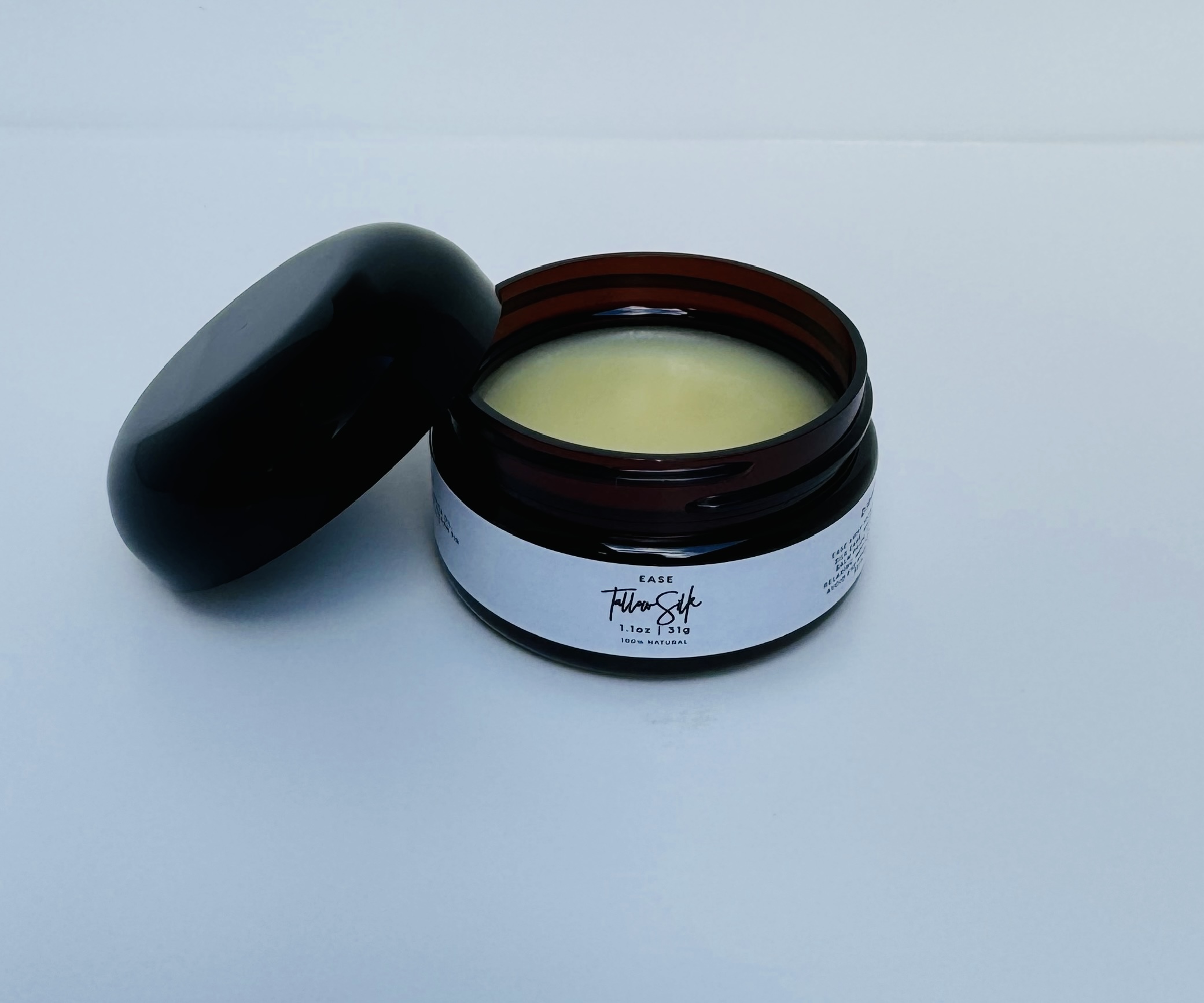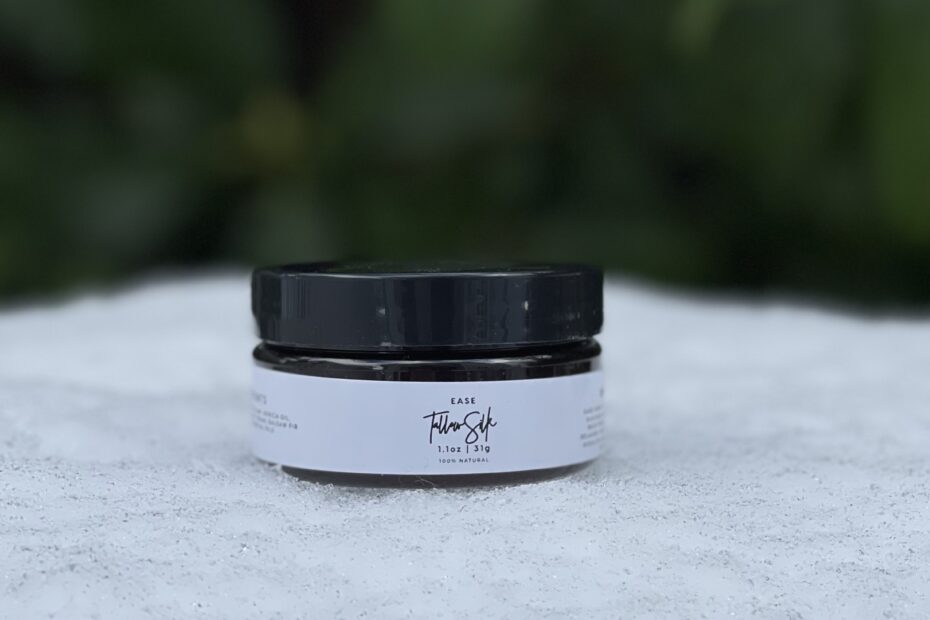Arnica cream can provide relief when you are dealing with aches, pains and bruises. Arnica is a fascinating plant that’s been used in homeopathic and herbal medicines for centuries. It’s found primarily in the mountainous regions of Europe and North America, and it belongs to the sunflower family. The petals are what we usually harness for medicinal use. When it comes to soothing pain and reducing inflammation, arnica stands out as a go-to remedy, especially in topical forms like creams.
So, how does arnica actually work? Well, when applied directly to the skin, arnica interacts with the body in a very interesting way. Scientists believe it helps by stimulating the flow of white blood cells, which can play a crucial role in reducing inflammation and easing pain. This makes it particularly popular among folks dealing with things like sprains, muscle soreness, or even bruising.

Now, arnica cream is where things get especially useful. Unlike other forms of arnica, creams and gels offer an easy, mess-free way to apply the plant’s benefits to the skin. For those who prefer natural remedies over synthetic alternatives, this cream offers a promising solution. It’s prized not only for its pain relief properties but also for its ability to reduce swelling and discoloration in bruises.
In the world of modern medicine, arnica cream is making waves for its versatility. It’s not limited to just athletes or physically active people; anyone suffering from occasional body aches or stubborn bruises can find it beneficial. The cream integrates seamlessly into daily routines, offering a patch-up during times of discomfort without the side effects of typical over-the-counter medications.
Practical Applications: Using Arnica Cream for Effective Relief
Arnica cream comes packed with a host of benefits that make it an essential item in your healthcare arsenal. Its convenient application means it can be easily incorporated into your routine, offering relief for various ailments without fuss. Whether you’re recovering from a minor injury or combatting everyday aches, this cream is worth considering.
When it comes to pain relief, arnica cream is a strong contender. Many folks turn to it for help with muscle strain, post-workout soreness, or any lingering aches that come from our hectic lives. It’s as easy as applying a dab to the affected area and letting the cream do the rest. And it’s not just about alleviating discomfort; it also helps tackle underlying inflammation.
Bruising is another area where arnica cream shines. We all deal with bruises now and then, and they can be quite the eyesore. The cream speeds up the healing process and minimizes discoloration, allowing you to bounce back faster. A little goes a long way in easing the appearance of those unwanted marks.
Sore joints? Arnica cream is your ally here as well. Many people who deal with joint discomfort have reported feeling more relief when using this remedy. It complements your existing treatment plan, adding that extra layer of soothing comfort without invasive procedures or heavy medications.
Besides aiding specific symptoms, arnica cream is simply a smart choice for overall wellness. With its natural benefits, it’s a gentle way to manage mild symptoms while reducing reliance on harsher chemical treatments. Integrating it into your routine could offer daily comfort, giving you one less thing to worry about.
Optimizing Arnica Cream Usage: Tips and Best Practices
Using arnica cream effectively can greatly enhance its benefits, offering more than just temporary relief. Understanding how to apply it properly is key to making the most of what it offers. Applying a thin layer is often enough to do the trick without wasting product.
Safety and efficacy go hand-in-hand with proper usage. Most folks benefit from applying the cream two to three times a day, depending on their specific needs. You’ll want to massage it gently into the skin until it’s fully absorbed, which helps the active components to engage directly with your body.
Combining arnica with tallow is an intriguing option for some, providing a rich blend that can enhance skin nourishment and pain relief. Tallow’s natural fatty acids complement arnica’s properties, creating a cream that’s soothing and beneficial for the skin alongside its healing capabilities.
Considering joint or muscle pain? Pairing arnica cream with wintergreen can amplify its efficacy. Wintergreen oil has natural analgesic properties, providing a comforting warmth and potentially quickened relief. When integrated into arnica cream, it can offer a more intensive approach to pain management.
Whenever introducing something new to your regimen, keep reactions in mind. Always opt for a small patch test first. Everyone’s skin is different, and it’s wise to rule out sensitivities before diving in. This cautious approach ensures you get all the benefits without any unwelcome surprises.
Stay Natural: Purchasing Quality Arnica Cream
Navigating the world of health products can be overwhelming, especially with so many arnica cream options on the market. Knowing what to look for can save you time and ensure you get a product that delivers results.
When selecting arnica cream, focus on quality over everything else. Check the ingredient list for high concentrations of arnica. Also, consider additional beneficial ingredients like tallow or wintergreen if you’re targeting specific issues like skin nourishment or joint pain.

We love TallowSilk’s Arnica Cream Ease. It literally eases away aches and pains and smells heavenly. Perfect to apply on joints or whatever ails you for fast relief.
Ingredients can vary greatly between brands. Just because something is labelled as arnica cream doesn’t make it natural.
Here are some of the ingredients that have shown up in commercial big name arnica creams and many of these ingredients have nothing natural about them.
Aqua (Water), Isopropyl Palmitate, Arnica Montana Flower Extract, Cetearyl Alcohol, Glyceryl Stearate, Glycerin, Theobroma Cacao (Cocoa) Seed Butter, Sodium Hydroxide, Cetyl Alcohol, Isopropyl Myristate, Benzyl Alcohol, Carbomer, Ceteareth-12, Ceteareth-20, Ethylhexylglycerin, Magnesium Aluminum
Silicate, Sodium Gluconate, Tocopherol.
Non-Medicinal Ingredients: Acrylates/C10-30 alkyl acrylatecrosspolymer, Butylatedhydroxyoluene, Caprylic/Capric Triglyceride, cyclomethicone, Edetate calcium disodium, Isopropyl Alcohol, Menthyl Lactate, PEG-400, Perfume, Polysorbate 20, Potassium Sorbate, Propylene glycol, Triethanolamine, Water
You definitely need to be mindful of labels. These can make a difference in terms of the cream’s integrity and potential health benefits. At its heart arnica is a natural healing herb so stay with pure products that are naturally based and chemical free for best results.
Finally, weigh the pros and cons between organic and conventional options. Organic creams might appeal to those looking for sustainable solutions, while conventional ones can offer different formulations that are made with more chemical based ingredients.
In making your choice, remember that a little research goes a long way. Prioritizing quality and safety ensures you get an arnica cream that meets your needs effectively and confidently.
